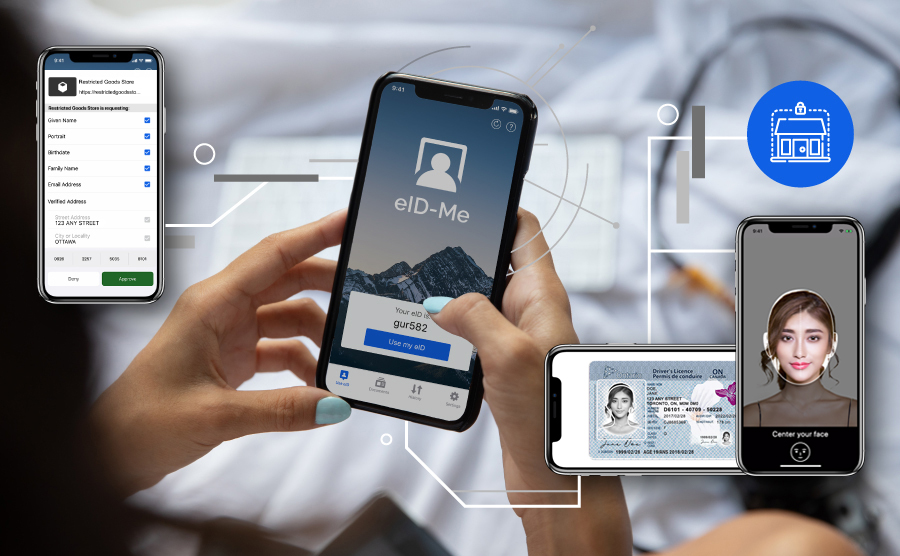
Why do we need remote identity verification? How is it done quickly and securely?
Why do we need identity verification in general?
Organizations need to verify identity to prevent identity fraud, manage risk, and reduce exploitation. Government, financial, medical, and legal services all need to verify identity. That’s why we have ID cards. We use them to prove who we are to access these services.
One problem with ID cards, however, is that they usually require someone to inspect the physical ID card in person. What if we live in a remote location far away from a government service center? What if we need to open a bank account but the nearby bank is closed?
Or what if a pandemic forces us to social distance and stay at home?
Visiting a physical location to verify our identity in person is inconvenient at best and impossible at worst.
That’s where remote identity verification comes in. It allows organizations to verify our identity online so that we don’t need to go to a physical location in person. We can verify our identity from home, which lets us access services from home. No traveling. No waiting in line.
Remote identity verification can be done online, by mail, and telephone.
Unfortunately, mail and telephone can be a hassle because we often have to photocopy ID, answer difficult questions, and wait days or weeks for a response. Security is also questionable with mail and telephone. For example, what happens if photocopies get lost in the mail? Is any information publicly available that can be used to impersonate us? How do we know we’re sharing our information with a legitimate organization and not a fraudster?
Online methods (done right) are the better option. To verify our identity online, we take a selfie and scan one or more ID cards (e.g., passport, driver’s licence). Some solutions take days or weeks to verify our information and produce a result.
Fortunately, Bluink’s eID-Me smartphone app verifies ID and produces a result in minutes.
In many cases, we have to go through the identity verification process for each service we sign up for. With eID-Me, we verify our identity once using our smartphone and receive a digital ID with our information in our eID-Me app. My identity information is locally stored on my smartphone and yours is locally stored on your smartphone. It’s not stored in the cloud and Bluink never gets access.
When we want to register for an organization’s service that supports eID-Me, instead of taking a selfie and scanning ID cards all over again, we simply share the verified identity information directly from our eID-Me app via a push notification. (See how it works in our demo.)
This increases privacy and security by only sharing the information that the organization needs. After all, most organizations don’t need our driver’s licence number and expiry date.
eID-Me’s identity verification (selfie and ID scan) can also be integrated into an organization’s onboarding process as required.
Remote identity verification lets us access essential services from anywhere. eID-Me lets us do it quickly, conveniently, and securely.
Are you an organization that needs to verify identity? Learn how eID-Me identity verification works for your organization.
Related: